Macroevolution and Speciation
1/15
There's no tags or description
Looks like no tags are added yet.
Name | Mastery | Learn | Test | Matching | Spaced |
|---|
No study sessions yet.
16 Terms
Macroevolution
Bigger changes that can happen above the level of species as a result of accumulated changes; creation of new species
Speciation
One population of organisms split and evolve independently of one another; can result in distinct, but related species; diversity of life increases
Allopatric Speciation
Population forms a new species while geographically isolated from its parent population
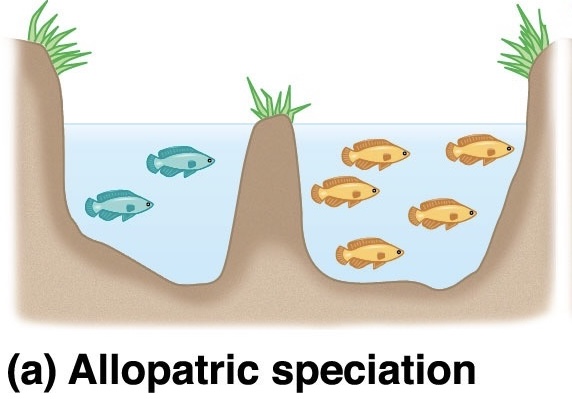
Sympatric Speciation
Subset of a population forms a new species without geographic separation (there is also habitat differentiation)
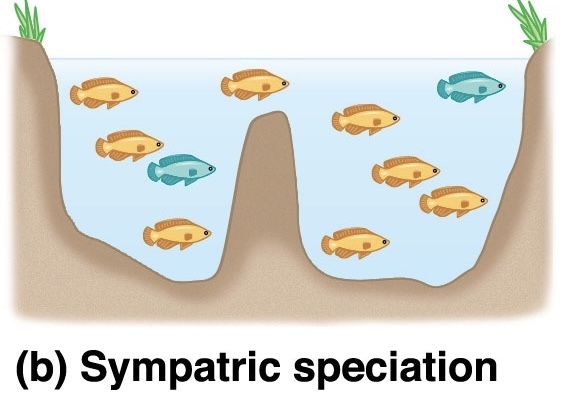
Habitat Differentiation
When a subpopulation exploits a habitat or resource not used by the parent population (think of apple maggot and Hawthorne flies)
Morphological Species Concept
Classification based on physical traits (shape, size and form); developed by Linnaeus in the 1700s
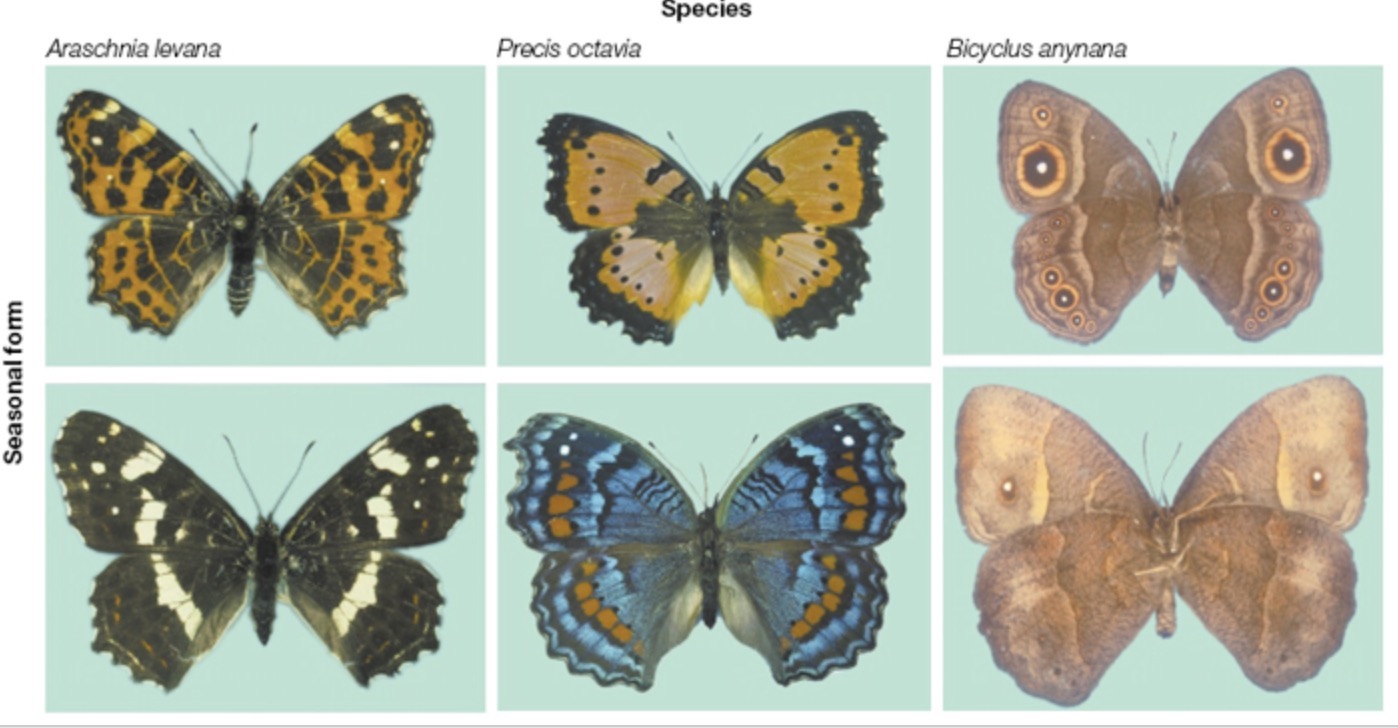
Biological Species Concept
Group of populations whose members have the potential to interbreed in nature and produce fertile offspring; cannot be applied to asexual species
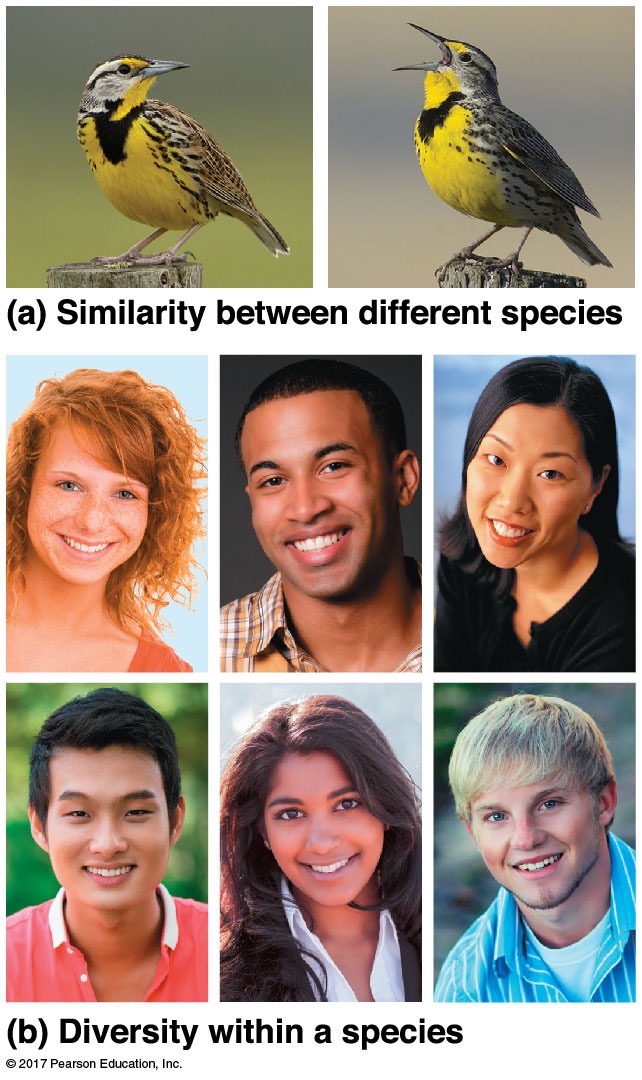
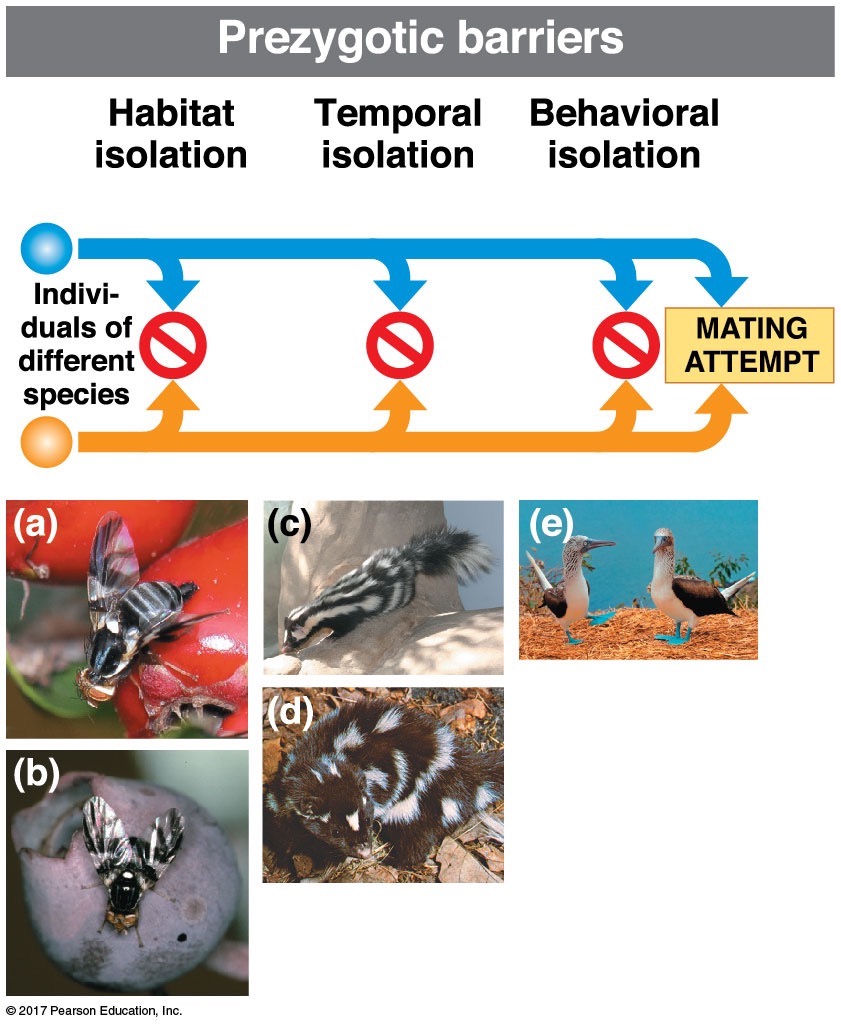
Prezygotic Barriers (reproductive isolation separates biological species)
Block fertilization from occurrinfactors that impede members of two (usually closely related) species from interbreeding and producing viable gametes
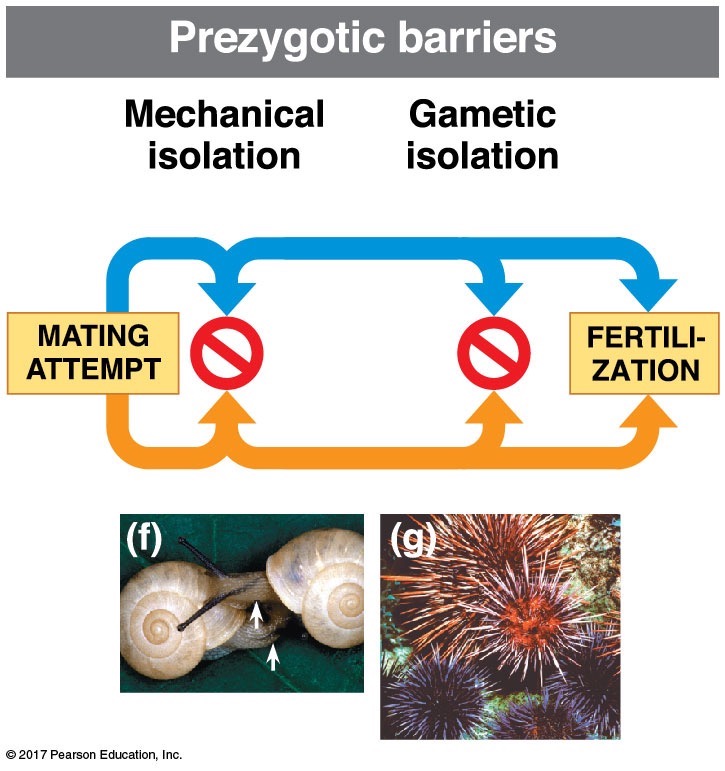
Postzygotic Barriers (reproductive isolation separates biological species)
Development errors or post birth problems that decrease the chance of surviving long enough to reproduce
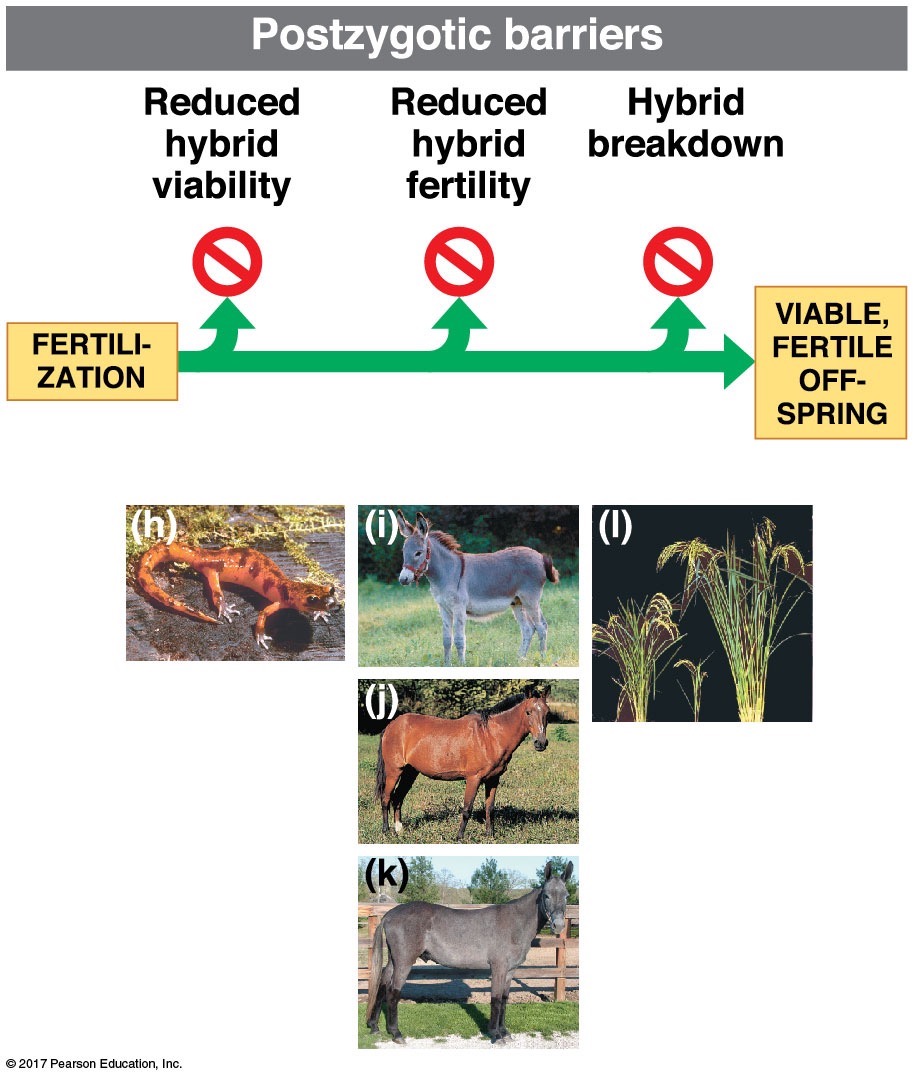
Phylogenetic Species Concept
Individuals that share ancestry based on multiple characteristics - morphology, DNA, sequences, biochemical pathways
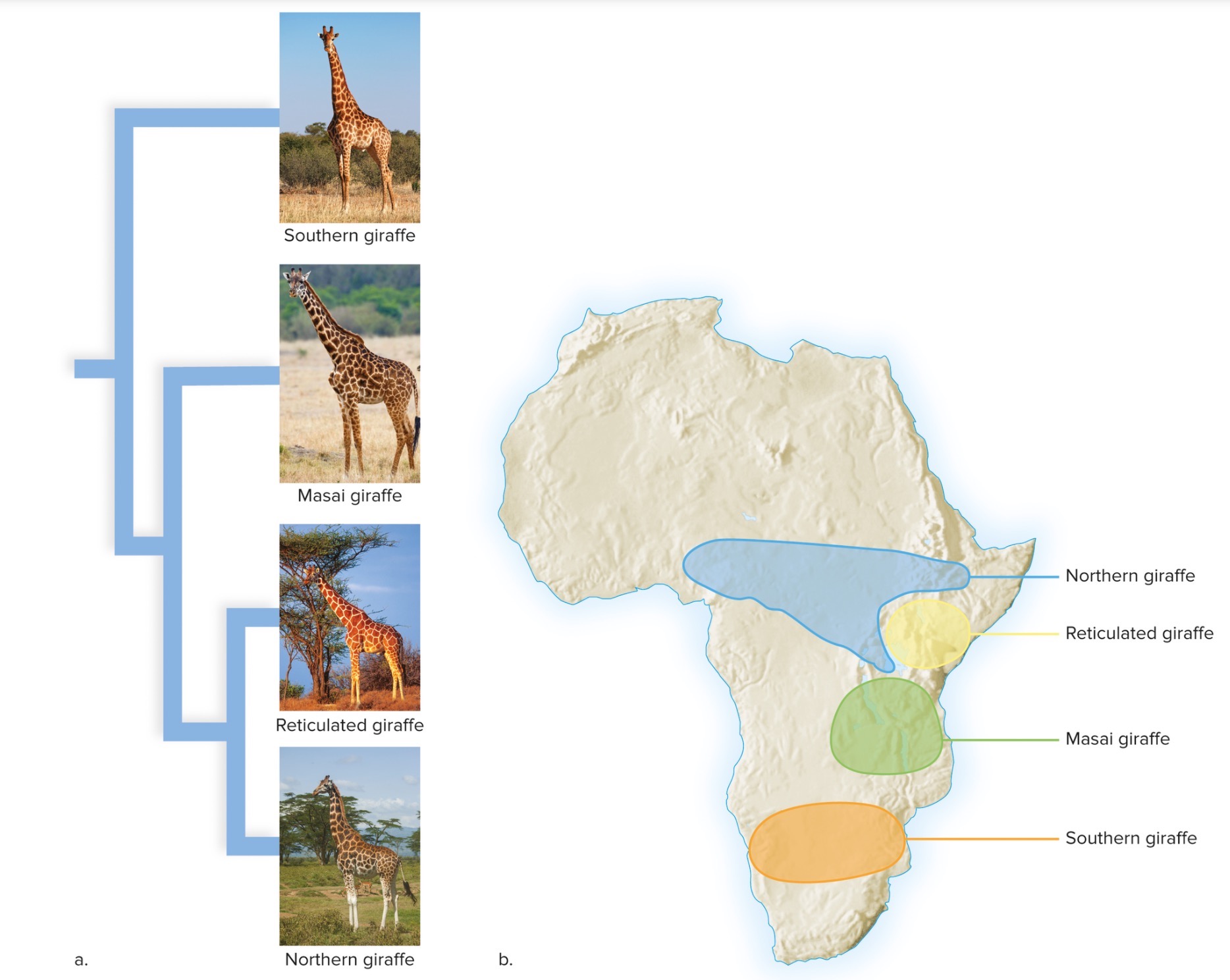
Ecological Species Concept
Live in different niches and are adapted to different communities
Taxonomy
Ordered division and NAMING of organisms; 18th century Carolus Linnaeus; two part names and hierarchical classification
Hierarchical Classification
Species, Genus, Family, Order, Class, Phylum, Kingdom, Domain
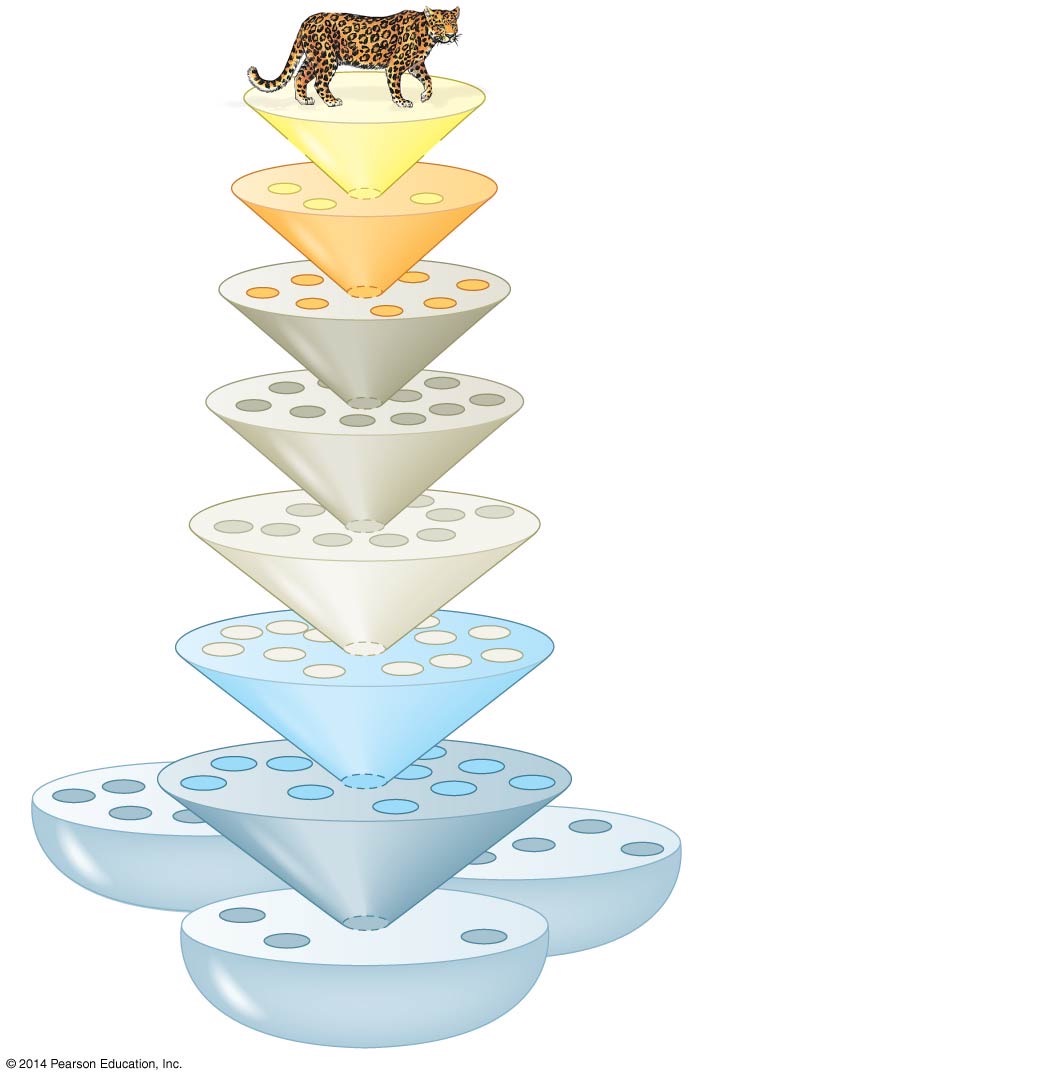
Binomial Nomenclature
Latinized two name system to classify organisms; Genus=Capitalized, species=lowercase; made by Linnaeus
Homology
Shared morphological and genetic similarities
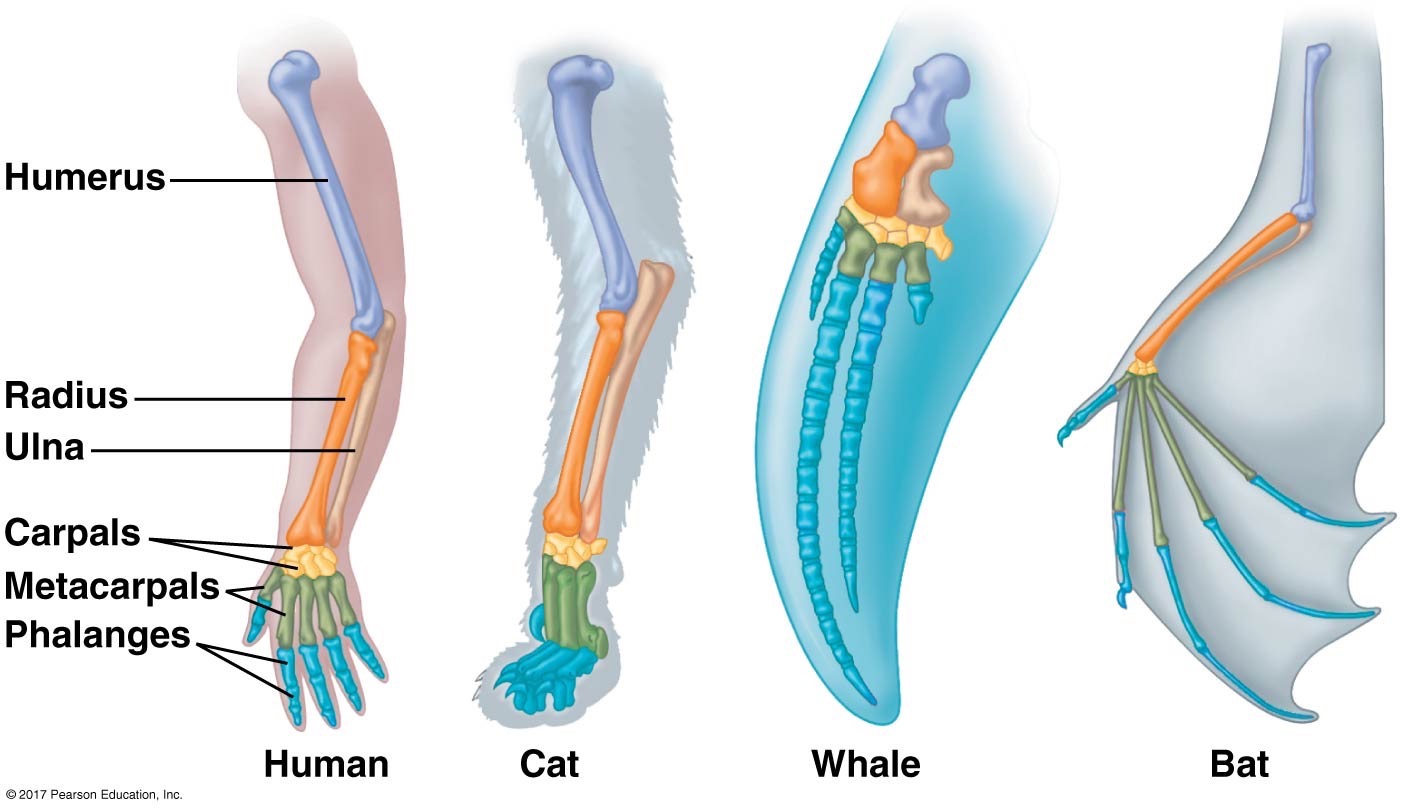
Convergent Evolution/Analogy
Similar environmental pressures resulted in similar features (think of flying squirrels and sugar gilders)